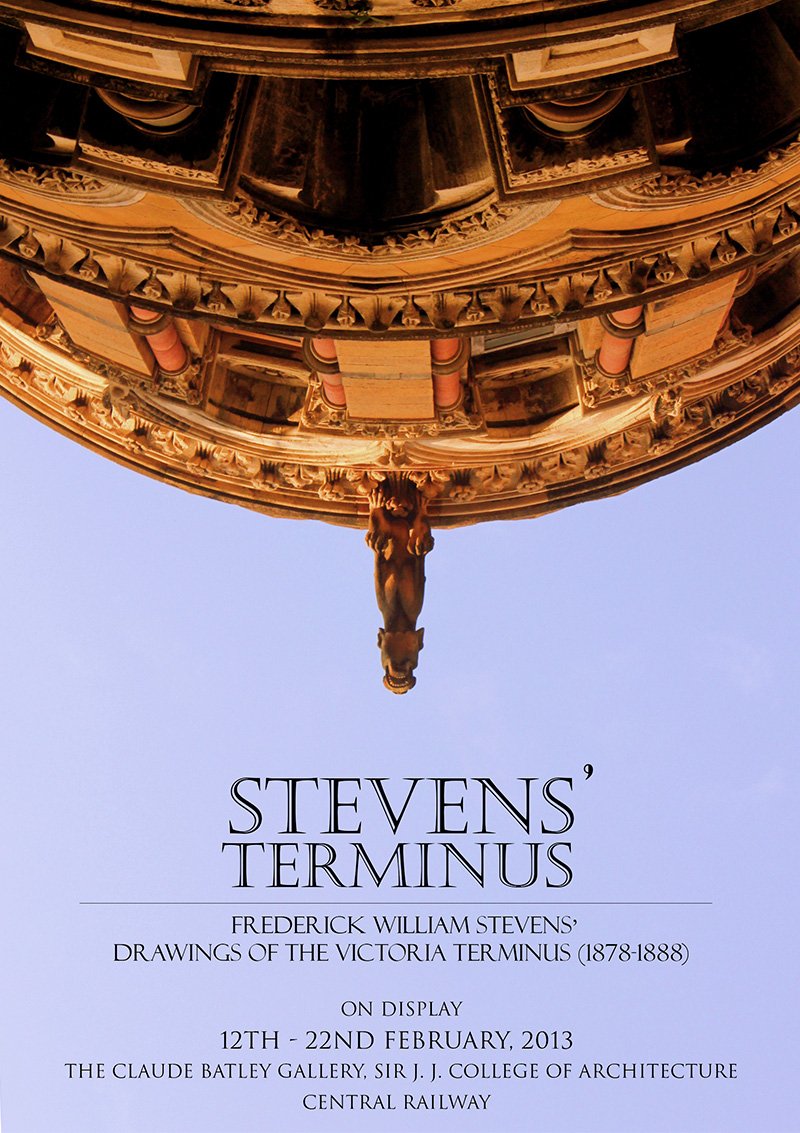Exhibition
The Past as Present: Pedagogical Practices in Architecture at the Bombay School of Art
From the last decade of the nineteenth century to the mid-twentieth, architectural pedagogy in the School of Art, Bombay was dominated by documentation, decoration and design. Architects in the city in a single half century would move from Post-Renaissance Neo-Classicism, to the Neo-Gothic, to the Indo-Saracenic, to Edwardian Baroque Neo-Classicism once again, before settling on the Style Moderne. The preservation of the Indian craft tradition, which was one of the cornerstones for starting the School of Art would crisscross with issues of Style, leading to an eclectic learning.
Exhibitions

Wadas of Maharashtra

Stevens’ Terminus: Frederick William Stevens’ Drawings of the Victoria Terminus (1878-1888)

78/3 D N Road- George Wittet’s Edwardian Baroque Gem

Deco on the Oval: Celebrating Bombay’s Most loved Art Deco Facades


